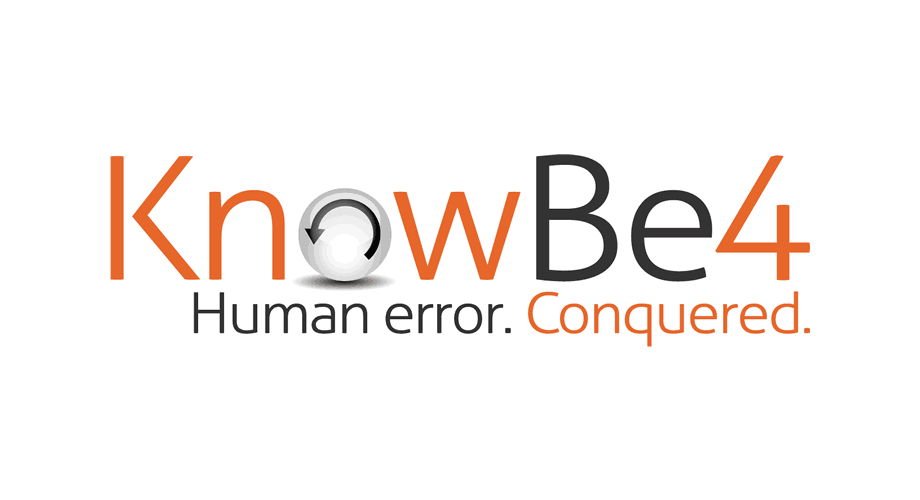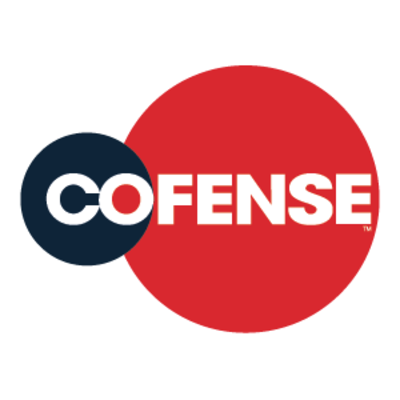KnowBe4 for Abax
Categories
Description
Brief Summary. European telematics company, ABAX has been using CLTRe (pronounced “culture”) by KnowBe4 to establish a baseline for its security culture—periodically measuring employees’ cybersecurity behaviours and identifying areas for improvement that can be easily relayed back to the company’s Board.
Business and Technical Challenges. With ABAX swiftly growing from a start-up of five people to over 400 staff after just ten years, Espen Otterstad head of IT and acting CISO at ABAX realised that “people were probably one of the largest vulnerabilities” when it came to the security of the business. Furthermore, as the company was expanding with new owners taking over, ABAX was receiving a lot of media attention, appearing in a number of new articles. With the extra attention, Otterstad noticed that phishing attempts were on the rise and “employees were opening emails they perhaps shouldn’t be opening.” In addition, while information security was paramount, Otterstad also recognised that wading through long reports was not going to have the desired impact when it came to translating the security culture to the Board and management team. Therefore, he also needed clear and precise metrics to share with the Board and be able to demonstrate improvements or conversely, areas for improvements.
The Solution. In order to fulfil the requirements of measuring the security culture baseline for ABAX—while being able to deliver a concise KPI measurement for the Board and management team—Otterstad initiated conversation with Kai Roer, CEO of CLTRe, now a KnowBe4 company. CLTRe helps companies manage and gauge security culture with a comprehensive toolkit and Security Culture Framework that uses a scientific approach to scope security across seven dimensions, resulting in a detailed insight into how different teams and business units compare.
Results and Benefits. With many cybersecurity implementations, the theoretical cost savings were huge for ABAX, particularly before and after the advent of GDPR, Otterstad explained. “Using CLTRe was not only absolutely necessary, but also a good investment,” he said.
Details
Business tasks
Enhance Staff Productivity
Ensure Security and Business Continuity
Problems
Risk of attacks by hackers
Risk of data loss or damage
Shortage of inhouse IT resources










